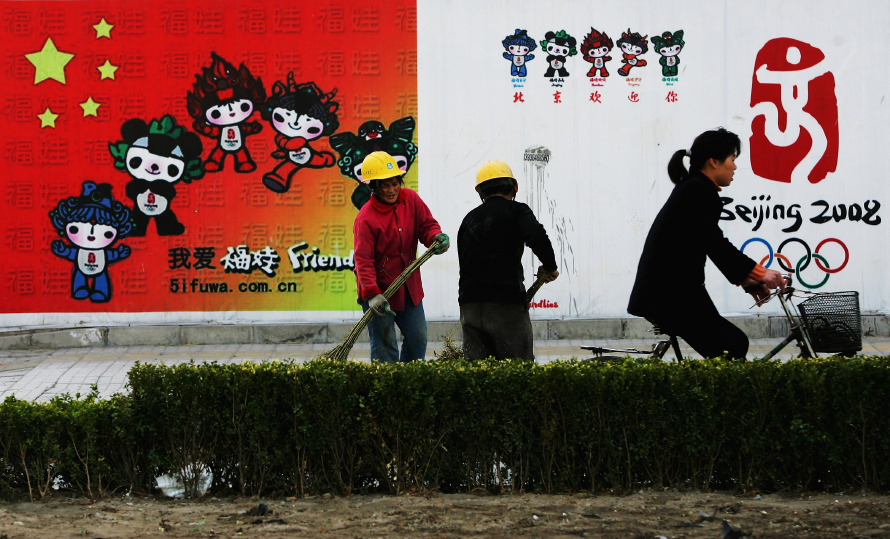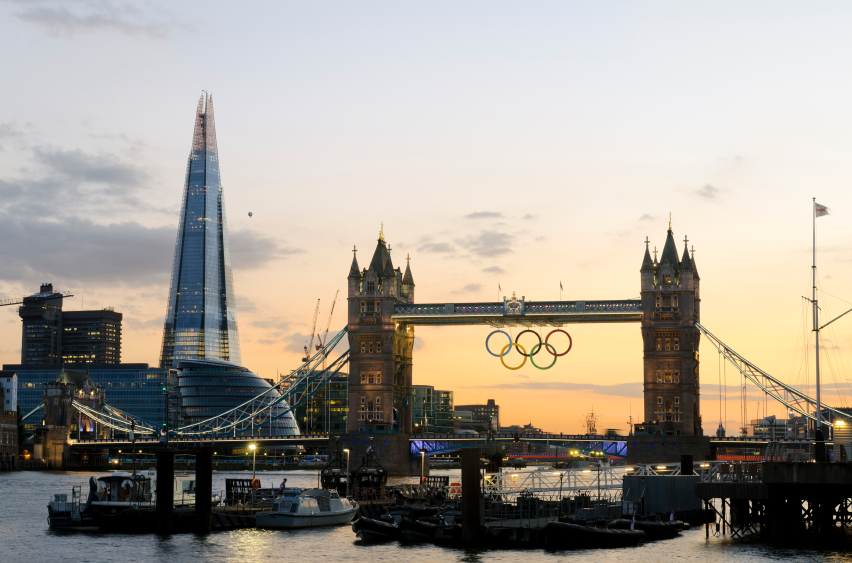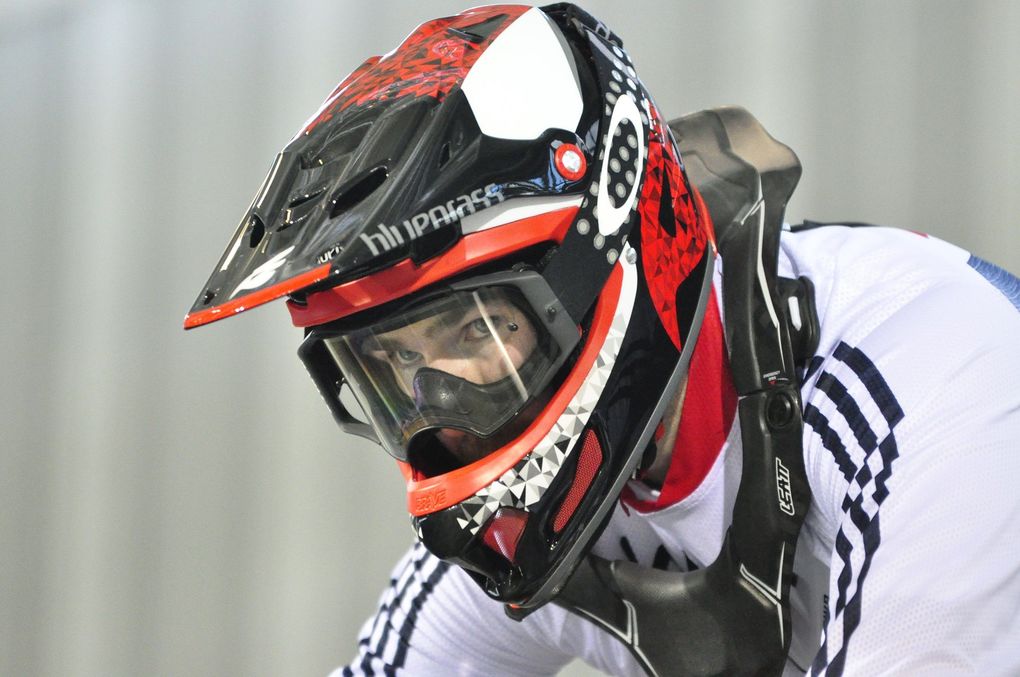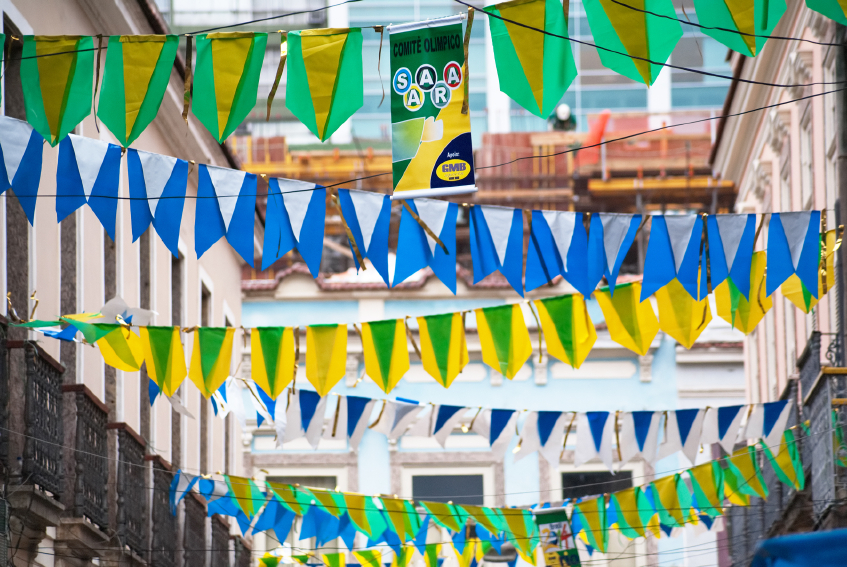Liam Phillips Olympics
Liam Phillips will be Team GB’s main BMX medal hope when the 2016 Olympic Games kick off in Rio de Janeiro this summer – but what is his Olympic record?
The Englishman has been on track at the previous two Olympics, first in Beijing in 2008, when BMX racing was first introduced to the Games, and secondly at London 2012, where he competed just 10 weeks after having surgery on his collarbone.
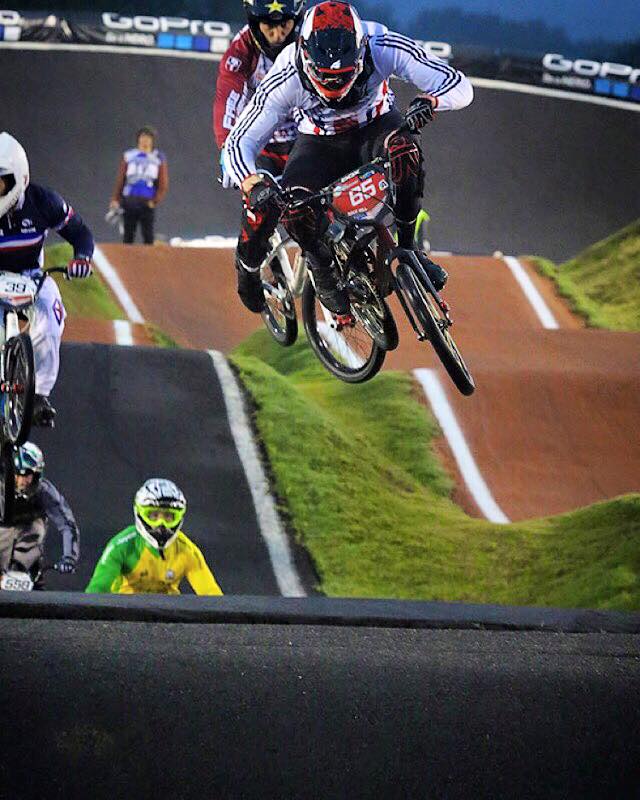
He’ll be gunning for gold at the Rio de Janiero games this time around, and after winning the World Championships in 2013 and becoming the first man to ever win the UCI Supercross World Cup series two years running in 2014 and 2015, he stands a cracking chance of doing exactly that.
But how has he done at previous Olympic Games? Well…
- Beijing 2008: Liam is eliminated in the quarter-final heat stage
- London 2012: Liam reaches the final before crashing out and missing out on a medal
…But of course there’s a lot more to it than that. We spoke to the rider recently for our Liam Phillips feature interview, and he revealed that he believes having two Games already under his belt will prove a huge advantage come August in Brazil.



